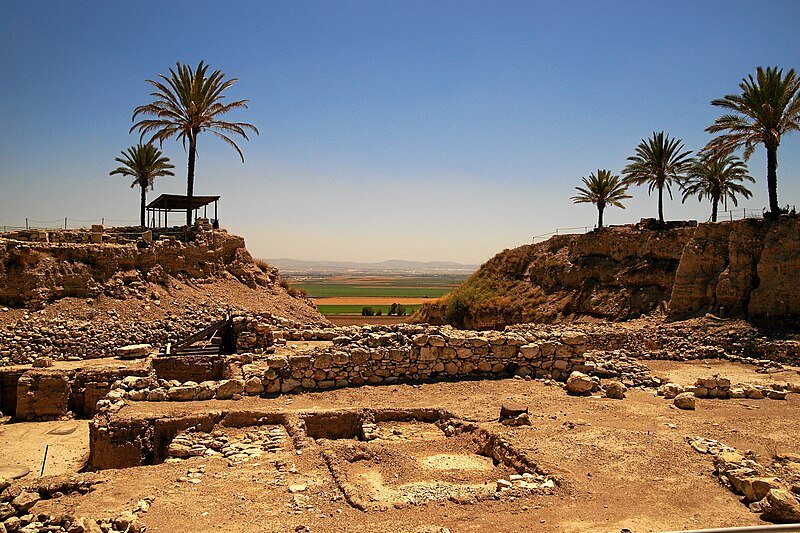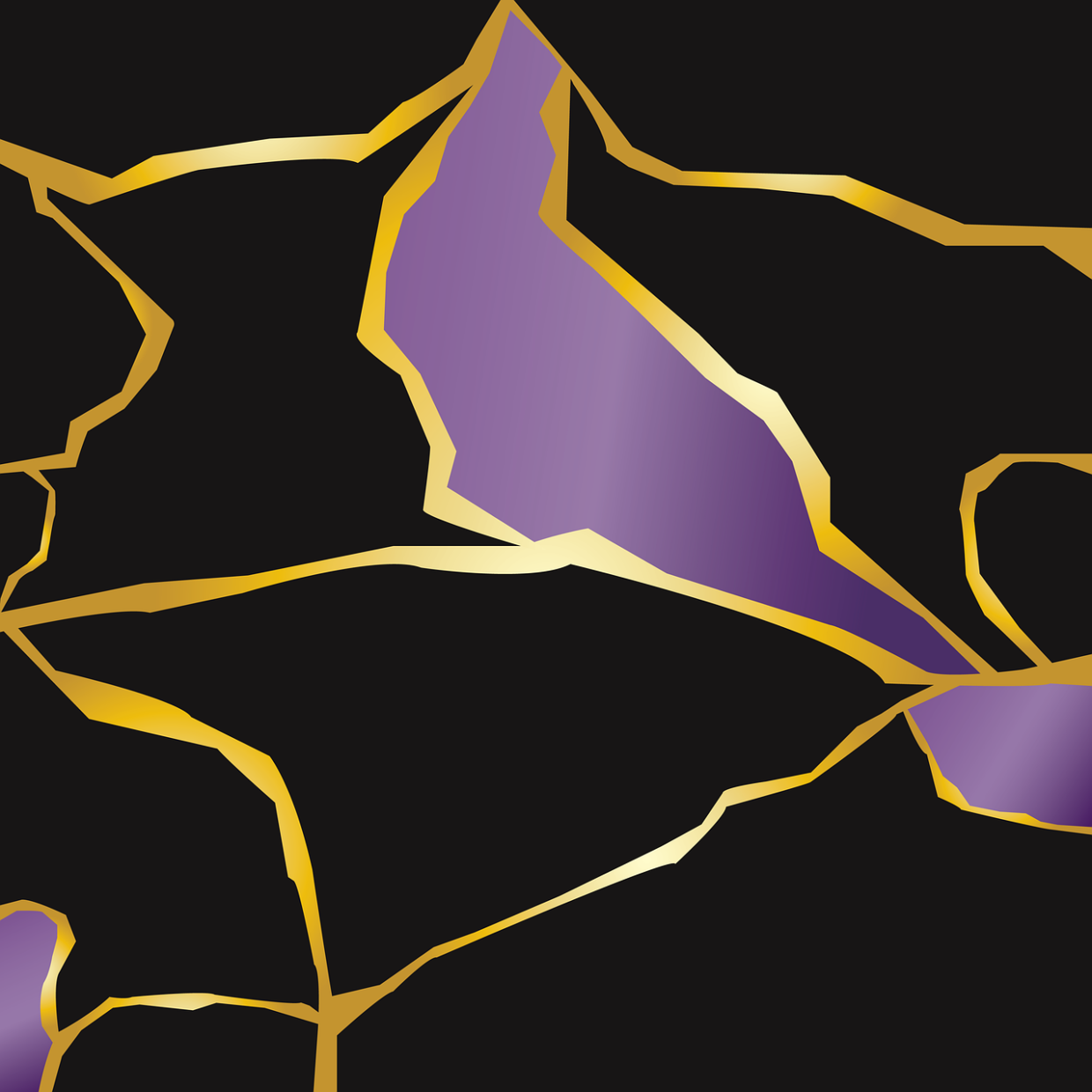You know the saying, “It’s not the end of the world”? And, of course, it usually isn’t, is it?
Wait, no, let me start again. This is why we write first drafts.
Let me ask you this. Has anyone here ever been to Israel and visited Tel Megiddo?
You might know it better as… “Armageddon” the site of the eventual end of the world. It sits at the western edge of the Jezreel Valley and was a critical city which guarded a pass through the Carmel Ridge. Beginning in 1903, they began excavations there. Since then, different teams of archeologists have uncovered twenty different levels of settlement. The oldest dates back to the Neolithic period, possibly as early as 7000 B.C.E.

Think of it. How many times has the world of that city ended, how many times reborn? Twenty, at least, right? In every age, a new city was built on the ruins of the previous one. In each era, a civilization was founded on the ashes and rubble of that which came before.
Even at the end of the world…it’s not the end of the world.
This week in parasha Ki Tisa, we come to one of the most famous—and famously disturbing—moments in the entire bible, the worship of the Golden Calf. It’s known in Hebrew as the “eigel masecha,” the molten calf.
You know the story. Moses comes down from the mountain with tablets inscribed by God in his hands. Having listened to the divine on the mountain, he hears the sound of blasphemy and revelry from the Israelites below. When at last he sees the calf—the festivities, the dancing, and yes, the blasphemy—he casts the tablets down and with “Vayshabeir otam” he shatters them at the foot of the mountain. This is called, “Shivrat Haluchot” — the breaking of the tablets.
The Israelites have gone from the spiritual heights of witnessing God’s revealed presence at Mount Sinai to the lowest degradation imaginable. What on earth happened to cause such a sudden and disastrous fall?
Jewish tradition teaches that at this moment of sin, the Israelites were still powerful. They were in control. They should have been able to resist temptation. They only sinned with the calf because there was what the rabbis call a “decree from the King.” A “gezeira Melech.” God made them sin. God wanted them to sin. God wanted them to fall.
The rabbis of the Talmud go so far as to reinterpret Exodus 34:1 to mean God was practically high-fiving Moses for casting the tablets down. God says, “the first tablets which you broke,” or in Hebrew, “asher shibarta.” The word “asher” is seen by the rabbis as an allusion to the phrase we all know, “yashar koach!” Or “Good job!” God is thanking and praising Moses for this violent act. Why?
Because it was all part of the plan.
The Talmud teaches us that the reason they worshipped the golden calf was to create an opening for people to do teshuva. God knew all along that at some time in the future, a Jew would sin. He or she would feel they could never return. They would be convinced that God would never accept them. It’s impossible. In their minds, they are too far gone.
When this happens, we tell that person, “Go and study the sin of the golden calf!” Because in spite of their sins and flaws, eventually the Children of Israel were accepted once again. In fact, they drew even closer to God and His presence.
I’m going to tell you something which is a deep teaching of Judaism that few people know. The world that you and I are living in is not the first world God created.
The Zohar, a foundational book of Jewish mysticism, teaches that God created worlds and destroyed worlds until He came to this world. He made them and then split them apart. He ruined worlds in a moment. One after another, God formed and then swept away entire worlds. When he came to this one he finally was able to say, “This one pleases me, the others did not.”
We are living on Earth 2.0.
Now don’t get confused, this wasn’t because God didn’t know how to build a good world the first time. Of course He did!
The Chassidic Rebbe Elimelech of Lizhensk (1717-1787) teaches that the Israelites at Sinai went from the highest point of holiness to the lowest of depths. “Therefore HaShem, because of His infinite love for our people, created the world in a way of, ‘created worlds and destroyed them.’ Anything that exists in our lives now, any potential, any reality that touches us, is rooted in creation itself and is an outgrowth of ‘maasei b’reishit,’ works of creation.”
Our entire world, and everything in it—you, me, the bench, the trees, the atoms, even Armageddon, “the end of the world” — is a world rebuilt on the ashes of destroyed worlds. Renewal upon ruins.
We are human, we all make mistakes, it’s part of our contract. Sometimes, a person can even lose everything in moments. Maybe they were in the wrong place at the wrong time. Maybe they fell prey to a little weakness. A moment of hesitation and confusion. A bad day. It happens to each and every one of us, and it can be hard to recover.
Sometimes, we lose someone through no choice of our own. Sometimes we choose a new path, sometimes that path is chosen for us. Then, we take a step and another, then another, and so we begin again.
And it is hard, it is so hard sometimes. How easy would it be to give up and feel that this is it, everything is lost. It’s a catastrophe. Sometimes we sulk, sometimes we spiral. Life is over.
But is it? Is it really?
God built this world on ruins deliberately so that a Jew will not despair.
Even though you weren’t successful, even though your energy and will may be gone, you were created in the “b’tzelem Elohim,” the “image of God.” We hear that term a lot but what does it mean? It’s not just a phrase for teaching children to be kind — it means we each have the essence of God’s creative power and limitless nature as part of our DNA. Yes! You and you and you! And even you! It means that just as God built and destroyed and built again — that same power is within you. That strength is within you. There is always a possibility to get back what was lost.
This is the secret of the second set of Tablets.
The Midrash tells us that both the whole second set of tablets, and the first shattered tablets were kept and carried inside the Ark of the Covenant. The shards of the broken Luchot are with us always. Without them, there is no place to rise and start again.
There’s a Chassidic story about some Chassids who came into a town one morning. There, they see a man whose house had burned down the night before running around like a maniac. He was collecting whatever he could retrieve from the fire.
“What is he doing?” one of them asked. The other answered, “This man will have more blessing than any of us. Anyone who the very next morning is salvaging what he can will have more than any of us. His greatness will be revealed.”
May we each of us strive to walk through fire, to salvage what we can, to rise from the ashes and build on the ruins of worlds that have come before.
May we know always that a first draft is just that, work that can be revised, updated, and improved. Or rewritten from scratch if need be. After all, it’s not the end of the world.
And may we find strength to start again, to take that step…and the next step…and the next…
The featured image above is an example of Kintsugi (金継ぎ, “golden joinery”), also known as kintsukuroi (金繕い, “golden repair”), the Japanese art of repairing broken pottery by mending the areas of breakage with urushi lacquer dusted or mixed with powdered gold, silver, or platinum.

